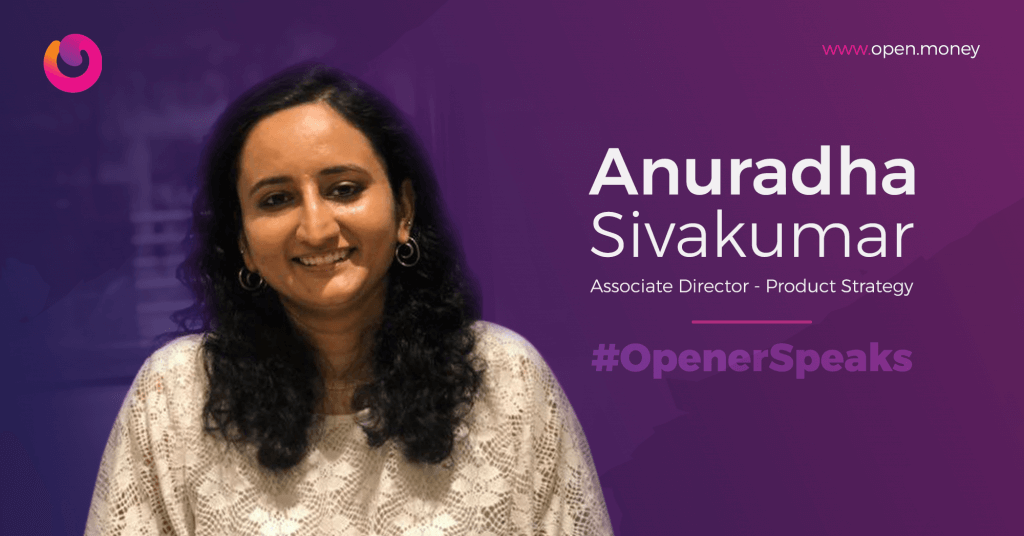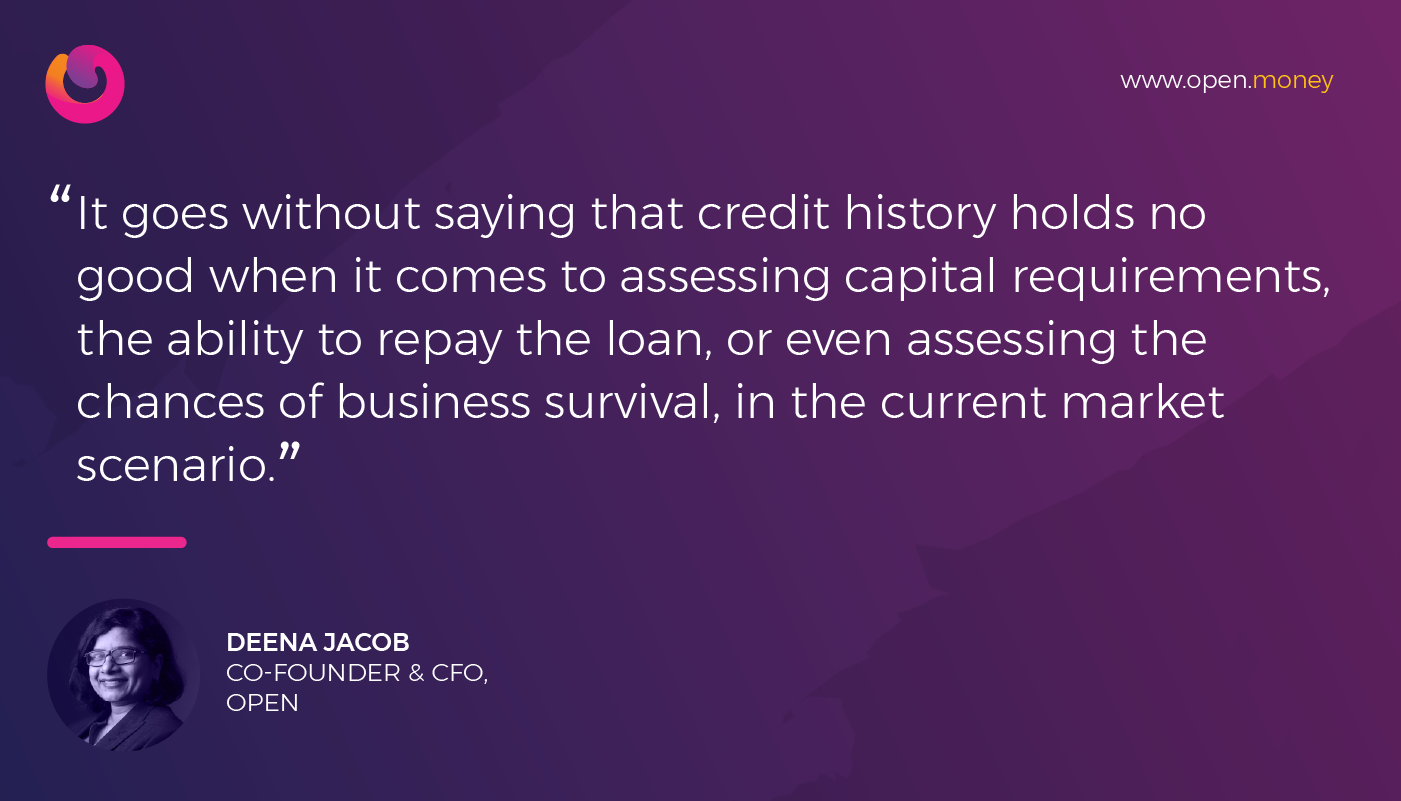 That leaves us with the big question: – how do we ensure a credit decisioning model that is by all means relevant for a time such as this?
Let’s get to the bottom of this.
That leaves us with the big question: – how do we ensure a credit decisioning model that is by all means relevant for a time such as this?
Let’s get to the bottom of this.
Dynamic scoring models, your best bet!
These uncertain times call for a lending model that successfully meets the credit demands of today’s MSMEs at scale, while managing defaults within a sustainable range. The need of the hour is to adopt an approach that:- Gives lenders a 360 degree view of a business’s health
- Utilizes dynamic indicators of continuity
- Requires minimum manual intervention
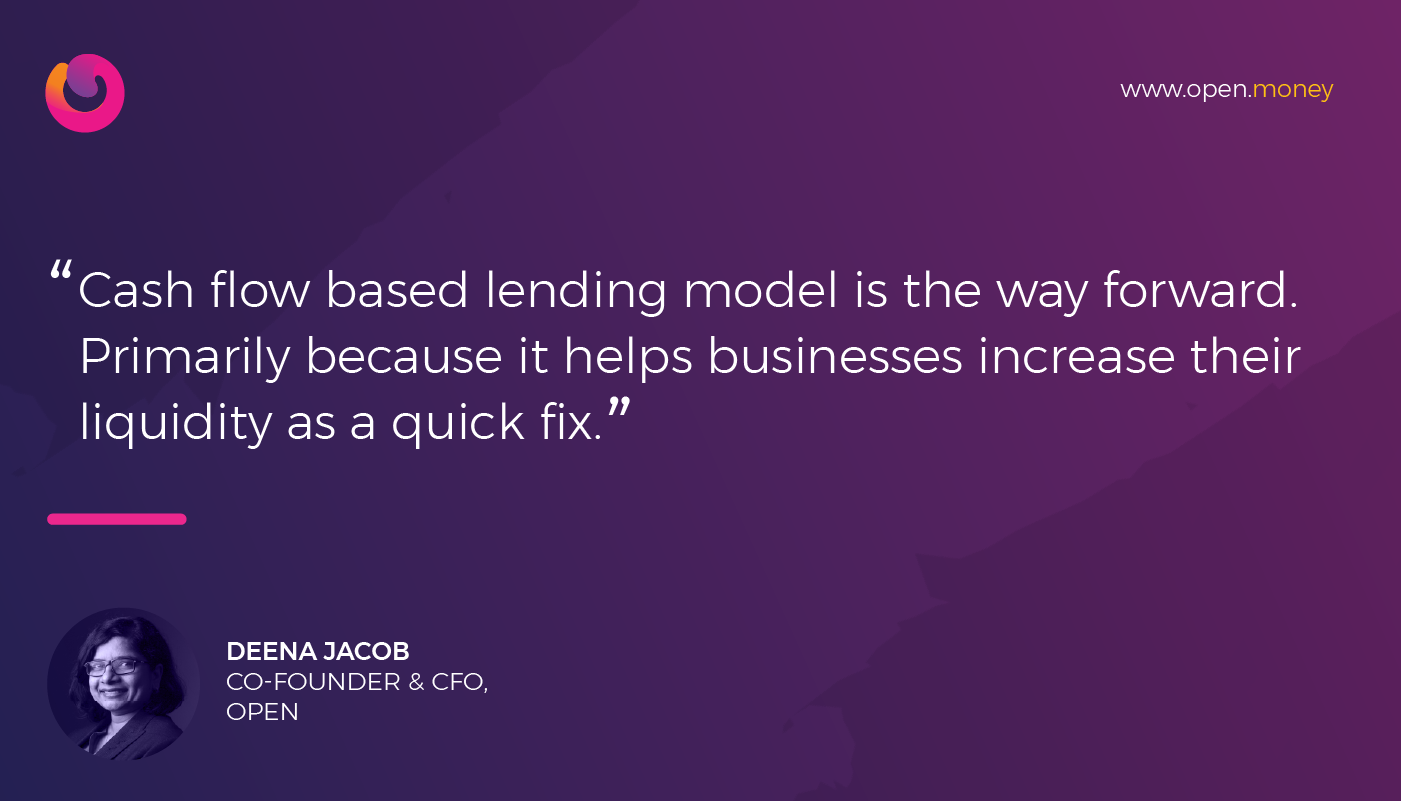 So there you have it, fintechs with this cash flow based lending can work their magic in meeting the working capital requirements of small businesses.
So there you have it, fintechs with this cash flow based lending can work their magic in meeting the working capital requirements of small businesses.
All you need to know about cash flow based lending
So how does the cash flow based lending model work? This model requires integration with multiple disconnected systems to analyse specific data points. With the absence of a collateral backup, this only means that the fintechs need to roll up their sleeves and design a superior system that can track the borrower’s record based on more factors than just the previous history. It goes without saying that the MSME lending space in India has definitely evolved over the years. However, the approach to credit assessment and decisioning hasn’t changed much for most lenders. GST infrastructure has been a great shift in innovation on this front. Yet it is not powerful enough to adopt a dynamic model.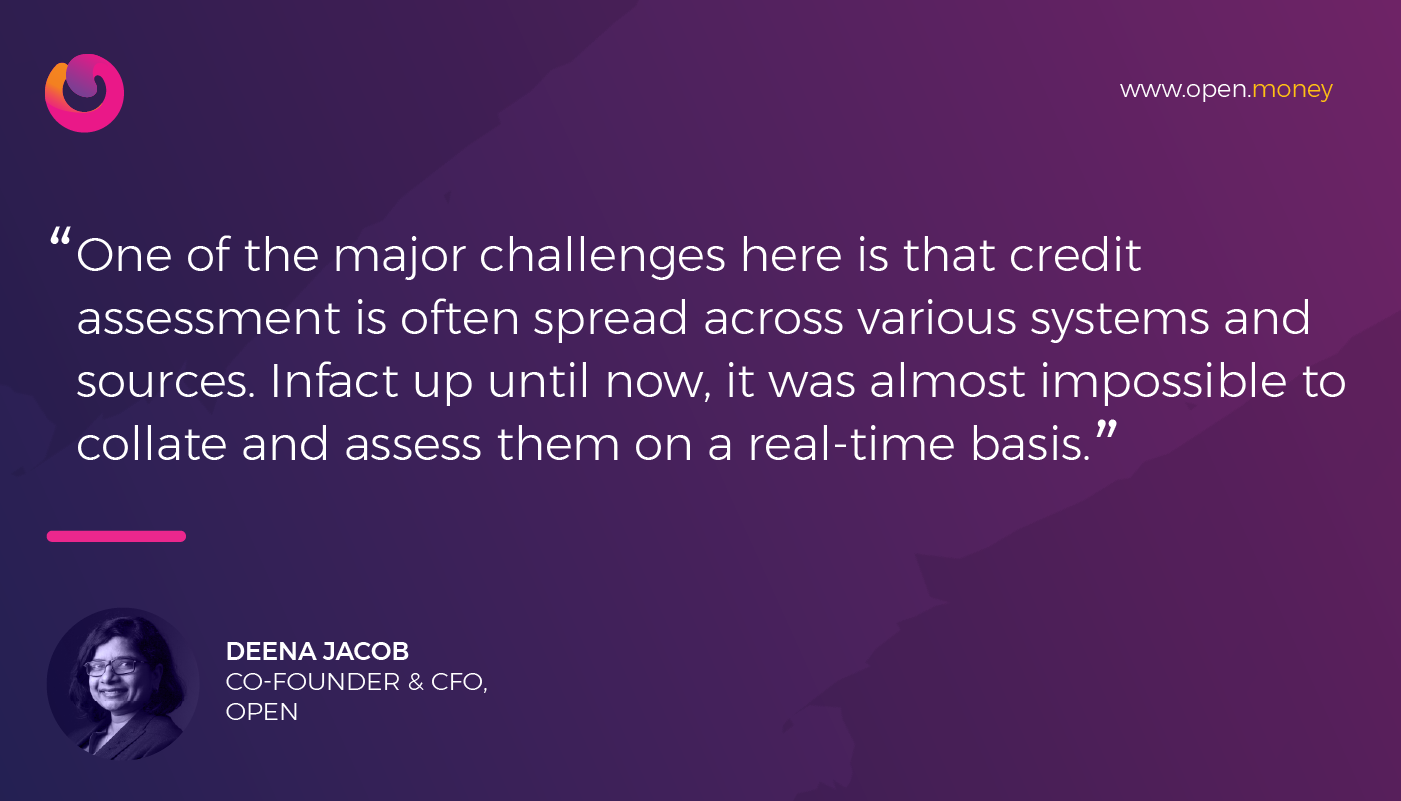 Now, the government has given fintech enterprises the power to boost transaction-based lending by leveraging e-marketplace data. This e-market is touted to soon replace trade fairs and exhibitions. Thus acknowledging the need for a total shift to digital and alternate ways of reaching out to the backbone of Indian economy with the right capital support.
Now, the government has given fintech enterprises the power to boost transaction-based lending by leveraging e-marketplace data. This e-market is touted to soon replace trade fairs and exhibitions. Thus acknowledging the need for a total shift to digital and alternate ways of reaching out to the backbone of Indian economy with the right capital support.
How neobanks are seizing the opportunity
Enter the ‘Neobanks’.
Operating as a digital bank that offers nearly all the features of a physical bank, neobanks are uniquely positioned and well-equipped to offer dynamic credit decisioning. Let’s take the case of Open. Ever since 2017, Open has been revolutionizing the way SMEs and startups bank. Now serving over half a million SMEs in the country – Open powers these businesses to manage all their bank accounts on a single platform, helps them with the bookkeeping of their daily spending and provides other solutions to meet their growing business banking needs. So how does this help, you ask?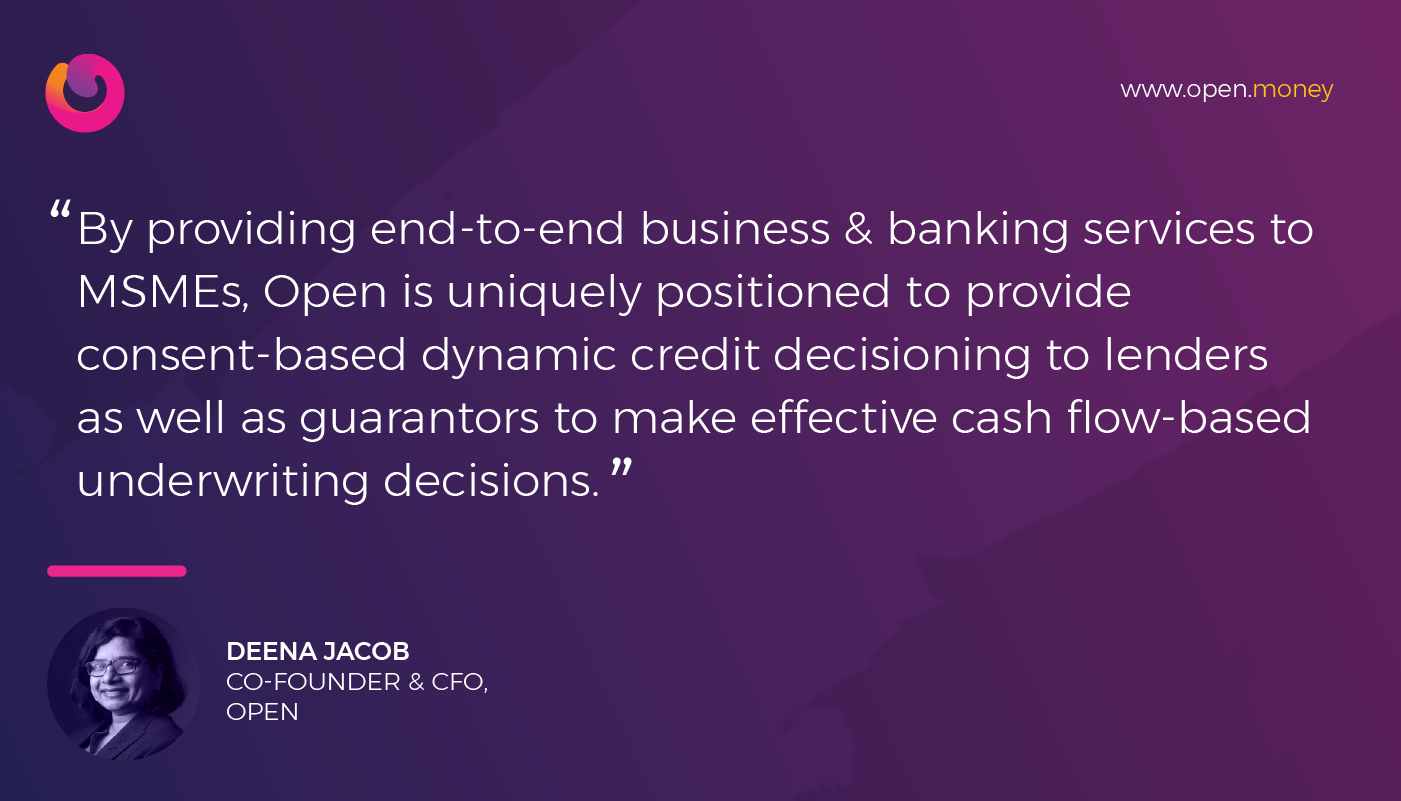 Open has built a dynamic scoring model for lending that matches demand to the right source based on cash-flow and other macro-economic factors apart from historical data. It brings together various sources of capital including banks, NBFCs and peer-to-peer lenders to build products suitable for each segment and for different stages of their business cycle.
To sum up, fintechs such as Open aggregate the entire cash flow data of a business in one place. Thus empowering lenders to arrive at a smart decision based on forward-looking trends and not on outdated historical data.
Open has built a dynamic scoring model for lending that matches demand to the right source based on cash-flow and other macro-economic factors apart from historical data. It brings together various sources of capital including banks, NBFCs and peer-to-peer lenders to build products suitable for each segment and for different stages of their business cycle.
To sum up, fintechs such as Open aggregate the entire cash flow data of a business in one place. Thus empowering lenders to arrive at a smart decision based on forward-looking trends and not on outdated historical data.



